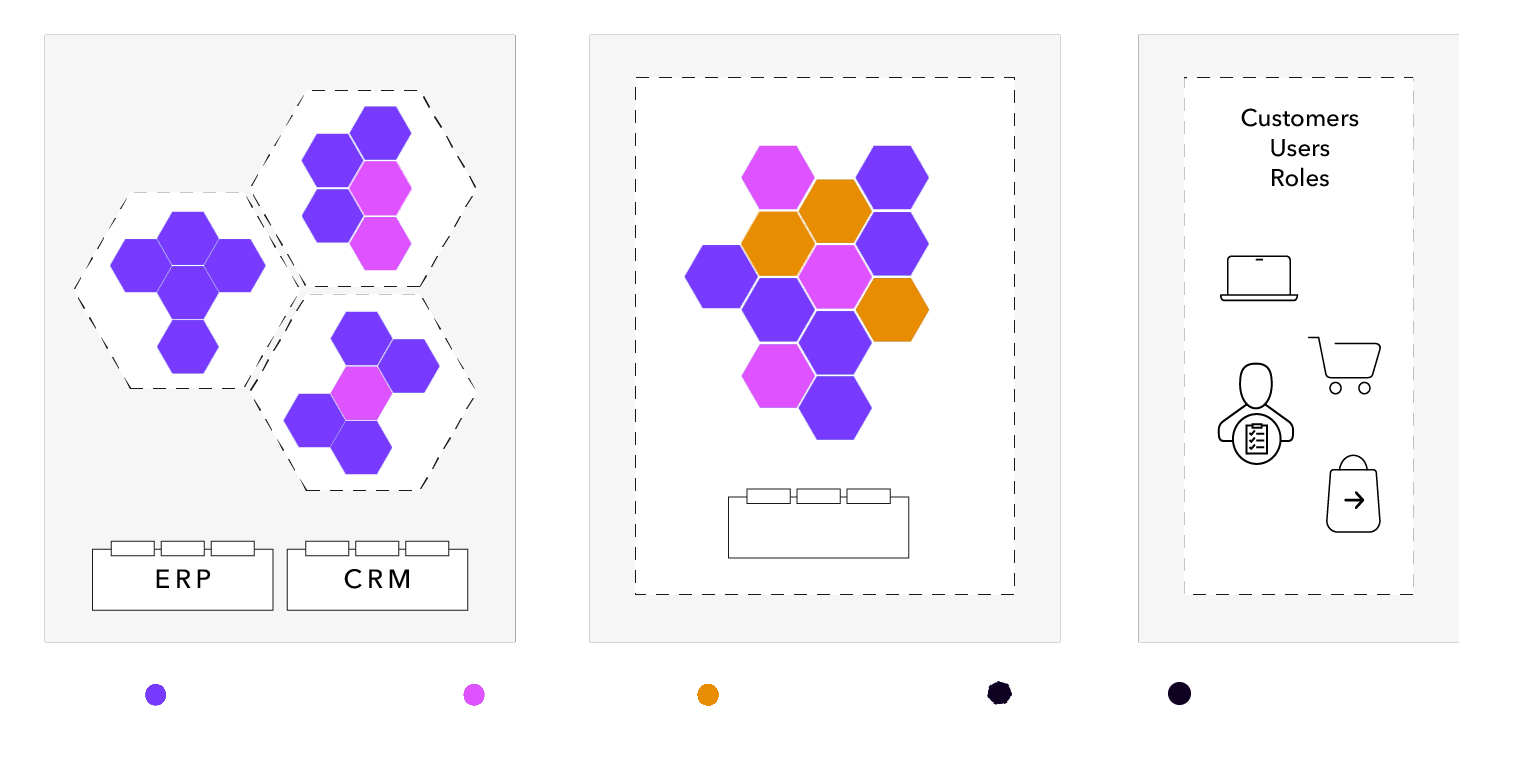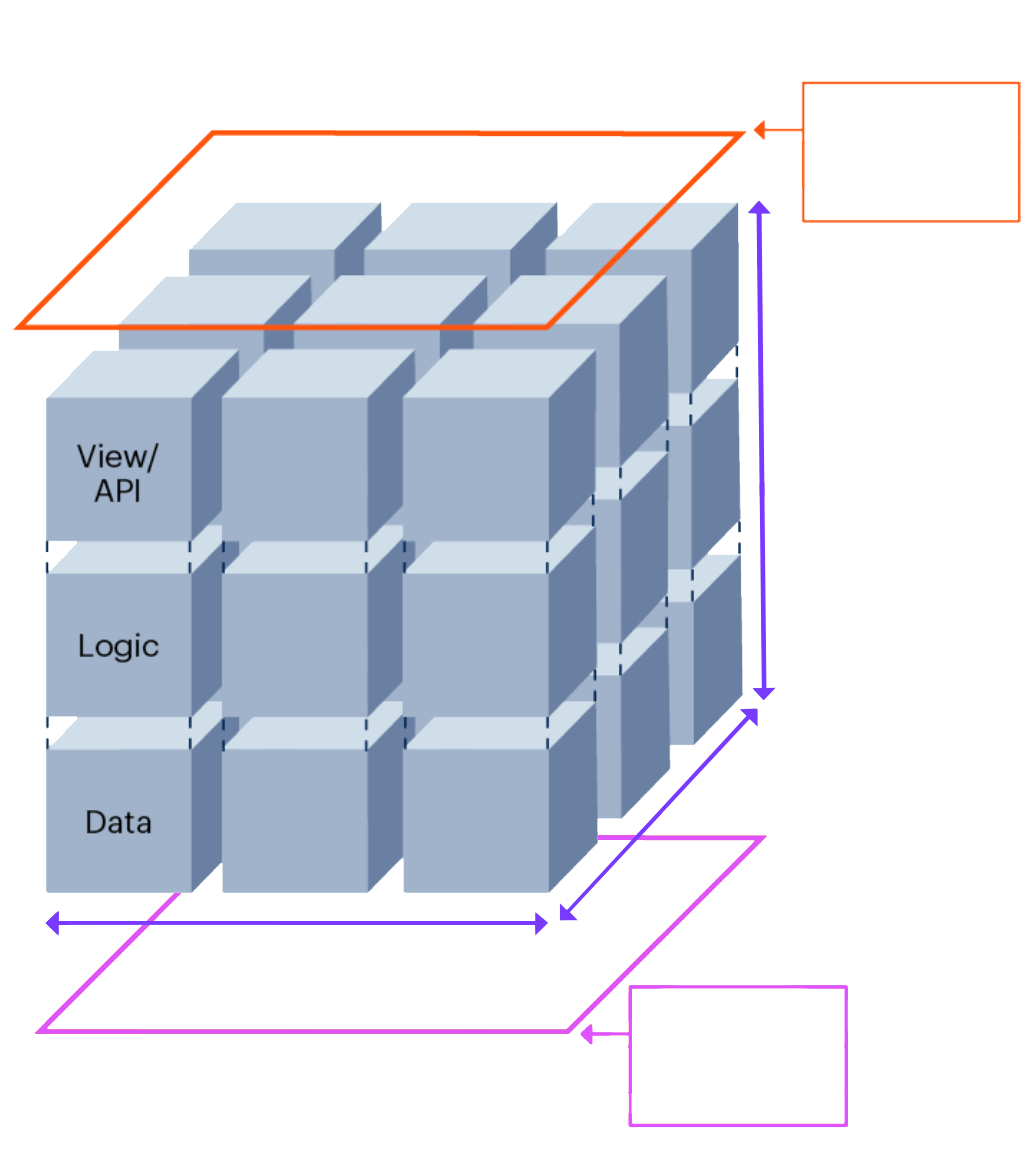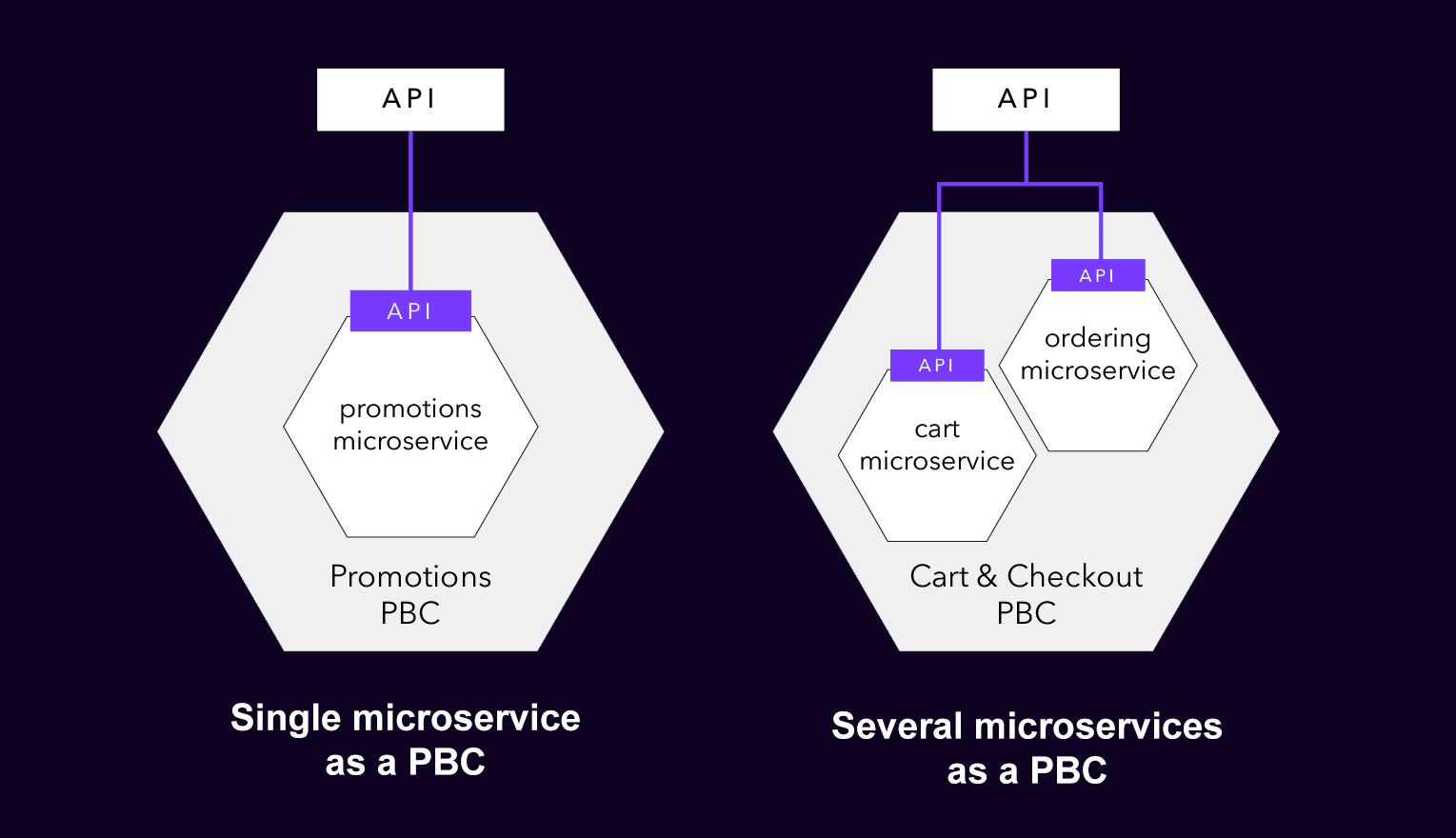Technology
Composable Commerce

“In a nutshell, composable commerce is about a business having a platform in the future that is composed of lots of best-of-breed suppliers that they can swap out if their business requirements change or even if they just become unhappy with that supplier.”
Sr Director Analyst
Gartner
Today, businesses focused on speed, innovation, flexibility, and scalability are turning to modern headless, microservices-based technology to power their e-commerce experiences. These MACH-OPC architected digital commerce platforms base on composable architecture by offering the ability for business leaders to take a more modular, best-of-breed approach.
What is composable commerce
Composable commerce is the next evolution in digital commerce technology. It moves away from slow-to-update, inflexible monolithic systems, embracing a modular, component-based design. This approach empowers businesses to ‘compose’ tailor-made shopping experiences by selecting and integrating the best components for their unique needs.
The composable commerce development approach of selecting best-of-breed commerce components and combining or ‘composing’ them into a custom application is built for specific business needs.
Future-orientated companies choose composble commerce because they require more flexibility and scalability from their digital business, but with higher efficiency and lower costs.

Composable commerce achieves this through combining or composing Packaged Business Capabilities (PBCs). Each PBC is a feature or capability of the application and is typically third-party software components. For example, a PBC could be shopping cart and checkout, promotions, or a business user.
A composable approach utilizes various vendors who offer robust, comprehensive functionality for the one thing they do, rather than relying on one vendor to produce standard functionality as a one-size-fits-all offering.
The best way to view composable commerce is through the composable commerce cube that Mike Lowndes first presented in his paper.
This cube has three dimensions:
1st dimnesion: Packaged business components (PBC)
This is where value is wrapped up in packaged features.
This can be large components, say like the OMS or CMS, or a small component like a basket or even something like a checkout process that you would get from Bold commerce.
Think of the PBCs as the components that you going to compose your e-commerce platform from.
2nd dimension: Technology stack
How are the technical components brought together? This could be MACH architecture, it could be headless, it could even be a monolith wrapped up in APIs.
Think of the technology stack as how those components are built and also how you may integrate them together (MACH).
3rd dimnesion: Customer journey
This is where the value of the package business components actually gets delivered (Landing, Sell, Rate, …).
Think of the customer journey as where the components will be used.

Is my system already composable
A composable solution is much more than the ability to integrate different components from best-of-breed vendors. For a commerce system to be truly composable, it must combine 3 core traits:
A software that runs in the cloud; all its functionalities are natively integrated with core components of major cloud providers, such as Microsoft Azure, Google Cloud and AWS. By utilizing the full power of cloud architecture, you can reduce maintenance costs, and achieve exceptional scalability and faster time-to-value. That way, brands are always ready for big moments, boosting performance without limits and constantly responding to a new influx of customers.
It’s key to understand that cloud-native architecture is not the same as “cloud-hosted,” in which legacy applications have been migrated to the cloud but aren’t designed to fully benefit from it.
Read more about cloud-native (and the differences to “cloud-hosted”) here
A composable system combines independent and interchangeable components that can be added, swapped or dropped at any time. These components (also known as packaged business capabilities or PBCs) like search, cart or checkout work well together as they communicate via an API-first approach. The components are independent of each other, so you can easily plug (or unplug) and play functionalities according to your business needs.
Using independent modules, you can mix best-of-breed services from third-party vendors and homegrown applications, and create a customized technology stack that meets your business needs.
Your business is not bound to any walled garden or proprietary technology. It offers complete freedom of engineering to select, code, integrate, monitor and manage your applications without requiring new languages, specific tech or certifications. In practice, you can use and upskill your existing talent pool to extend your tech stack.
By seamlessly combining component-based, cloud-native and tech-agnostic software, composable commerce maximizes flexibility and freedom for brands to create innovative customer experiences across all channels, quickly adapt to business needs and take advantage of a wide range of features without the burden of legacy technology. They deliver the real magic of infinite scale, unlimited flexibility and reduced costs for businesses to innovate, become adaptable and grow.
If the vendor is cloud-hosted, claims API coverage or doesn’t give freedom to use any development language and cloud provider, their technology is not composable and lacks the benefits of a composable environment.
Your business on cloud nine
Leverage the full power of cloud-native SaaS to achieve exceptional scalability and reduced costs. Boost online performance to convert more and faster.
Best-of-breed = Best-for-you
Plug and play independent and interchangeable components to meet the unique needs of your business, adjust to new market conditions, create omnichannel customer journeys and more.
Freedom of engineering
Say goodbye to proprietary technologies that require specific programming languages and certifications. Composable commerce gives you the freedom to code and manage applications as you see fit.
%
reduced IT costs of managing SaaS operations as a result of composable application architectures by 2024
%
uplift in total revenue for organizations offering a unified commerce experience by 2025
%
of new commerce capabilities will be API-centric products
Why is everyone talking about composable commerce
Traditional eCommerce solutions, also known as legacy or monolithic platforms, are indivisible blocks of standardized software that are hard to customize and slow to update. Every time you change or update something, the entire system must be retested and redeployed, which may cause issues or even a complete system crash.
This inherent lack of flexibility and agility doesn’t compute at today’s accelerated pace; consequently, companies struggle to innovate and even hire and retain talent (unsurprisingly, top engineers aren’t eager to work with old technologies). Plus, the cost of running monolithic infrastructures has become prohibitive due to additional fees for upgrades, integrations, etc.
That said, composable commerce is gaining traction because it’s the answer for businesses to manage constant change in their customer experiences without spending a fortune. Companies can shift from a monolithic approach to maximum flexibility in their technology stacks, so they’re adaptable to whatever the future brings.
“Incorporating composability into digital business enables the enterprise or public agency to change and grow despite persistent uncertainty. Instead of avoiding the risk of change, executive leaders must reinvent their thinking to see change as a well-trusted tool for business resilience and growth.”
“Becoming Composable” – Report
Gartner
Benefits
True composable commerce provides businesses of any size or industry with three main benefits:
Infinite scale
You can run multiple brands, expand to new markets, bring in new channels and even try out business models with ease. Also, autoscaling enables you to respond to new influxes of traffic and customers in real-time, so your business is ready to monetize on Black Friday-like moments.
Unlimited flexibility and agility
Change a component, not the platform. When something doesn’t work, you can easily replace it or drop it. Composable commerce is all about freedom and adaptability: With modular iterations and best-of-breed, you can add, remove or switch functionalities without vendor lock-in. Innovate faster and adapt customer experiences on the fly, and release new features up to 8x faster than legacy tech.
Lower cost
When you invest in financial and technological flexibility, you achieve higher cost efficiency and eliminate technical debt. A true composable system optimizes commerce investment because you can select the components and solutions that meet your requirements. With a versionless solution, you no longer have to pay for forced upgrades you don’t need or that don’t drive value for your business. You can effectively say goodbye to maintenance fees and backward compatibility testing, too.
Reduce complexity and costs for businesses
As the composable approach is a relatively new technology, it’s common for executives and tech professionals to express misconceptions surrounding complexity and high costs. These concerns stem from the misperception that implementing best-of-breed solutions would result in an overwhelming number of vendors, as well as compatibility and interoperability issues. Another worry is whether composability requires a large team of developers, which could incur additional personnel, recruitment and training expenses.
However, composable commerce is actually able to reduce complexity and costs:
Simplified commerce architecture
By leveraging modular and interchangeable components, composable commerce makes the architecture easier to manage and maintain.
Seamless integration
The adoption of new cutting-edge solutions, such as search and AI tools, becomes faster and more efficient without incurring additional integration costs.
Real-time updates and maintenance
True composable systems are versionless and continuously updated and maintained in real-time, which eliminates technical debt and renders version upgrades obsolete.
Scalability
With a cloud-native SaaS solution, businesses no longer need to manage their own servers or handle capacity increases. The system offers infinite scalability to handle a large number of products or increased online traffic.
Increased developer productivity
Working with modern tech means developers become more productive, enabling the company to innovate at a faster pace.
An ecosystem of composable commerce vendors
Vendors like commercetools offer extensive partner networks and accelerators that simplify implementation timelines and enable businesses to leverage best practices.
Composable commerce enable omnichannel experiences
Today, consumers expect to find, engage with and buy products from an array of touchpoints that range from the traditional in-store and webshops to social media and augmented/virtual reality (AR/VR).
More than managing touchpoints and device responsiveness, omnichannel commerce is about making those shoppable experiences seamless, no matter the touchpoint at which the consumer starts or finishes the buying journey.
According to Harvard Business Review, omnichannel strategies increase AOV (average order value) by 10% and lifetime value (LTV) by 30% compared to single-channel commerce.
This is how businesses can orchestrate their omnichannel strategies more effectively with composable commerce:
- Flexibility and agility: By decoupling the frontends (the customer-facing touchpoints) from the commerce backend, businesses can easily add, manage and even drop touchpoints.
- A single commerce backend: Have one commerce system as the single source of truth for your data (customer, product, inventory and more) to collect, view and analyze data from multiple sources, such as purchase history and inventory, in one place.
- Real-time data exchange: Using API-driven integration to connect different applications enables real-time and consistent data exchange and channel orchestration.
- Flexible data modeling: Structure data in a way that accommodates unique requirements for your business.
Businesses choosing composable commerce
No single vendor offers the best functionality needed for your uniquely complex business and the ever-evolving needs and demands of your customer base. Traditional commerce platforms featured more tightly coupled features and services as an all-in-one bundle, discouraging integrations with existing systems and other best-of-breed PBCs and microservices.
Moving to composable commerce eliminates your risk of buying basic out-of-the-box capabilities and gaining more control over the functionality and performance of your application.
Composable commerce is:
Modular
Each PBC can be deployed independently, both eliminating risks associated with tight coupling of services and offering flexibility to swap modules out over time.
Open
Built on open standards, integration patterns and extensibility models, composable commerce encourages easy integrations and customization.
Flexible
Composable commerce delivers the flexibility and adaptability needed to extend to new customer types, channels, and markets.
Business-focused
All necessary tools and capabilities for both business buyers and development teams are available, offering full control over the iteration and innovation process at a lower cost and risk.
The flexibility of composable commerce allows businesses to use and develop only the features and functionality necessary to run their business. These applications are often leaner, faster, and more flexible. To work even faster and deliver an experience that’s far superior, this development approach lets you seamlessly combine different best-of-breed components, from content management to payment processing.
With customer demands continuously evolving and the need for digital transformation more important and necessary than ever, composable commerce gives businesses greater control over how their e-commerce application is delivered. The decoupled approach makes it easy to manage e-commerce experiences across channels while setting yourself up for success with a future-proof application.
The future of composable commerce
The reason why composable holds the future of commerce is due to three main reasons:

Constant change, business complexity and economic headwinds
The last few years brought a pandemic, recession, high inflation, international conflicts and supply chain disruptions. Managing constant change is a top-of-mind topic on the agenda of business and technology leaders.

Customer expectations are on the rise
Customer expectations continue to grow with shoppers across B2C, D2C and B2B looking for seamless omnichannel experiences, fast-loading and mobile-first interactions, and meaningful brand engagement.

The tech of many businesses is outdated
Businesses need to move faster to capture new opportunities, but they’re hindered by the complexity and cost of legacy all-in-one platforms. While these suites provide a fast time-to-market, they offer massively standardized functionality that is hard to customize and slow to update. Companies that need to create unique customer experiences, expand internationally or even test new business models face issues to meet their goals.
Differences between Microservices and PBCs
Because they are similar – and complementary – these two terms can get confusing. Microservices are a way in which an application is or can be broken down into small functions or features. Packaged Business Capabilities are an aggregated set of microservices.

How is this related to MACH-OPC
MACH architecture is, in essence, what composable commerce is supposed to look like:
Microservices
Microservice-based architecture enables the composability of PBCs. On the other hand, monolithic applications are too tightly coupled and capabilities cannot be deployed independently.
API-first
When all functionality is exposed via API, it’s possible to take a composable approach to e-commerce development, tying two or more applications or services together.
Cloud-native
Leveraging full capabilities of the cloud ensures scalability and flexibility across the application. It also makes it easy to take advantage of each part of the application as needed on-demand, and allows you to avoid upgrades.
Headless
The decoupled nature of headless applications ensures continuous improvement of the customer interface, allowing you to extend the application to any number of endpoints such as connected devices.
By moving towards MACH architecture, you’re enabling yourself to take advantage of a composable approach to e-commerce.
Like MACH architecture, composable commerce allows you to select and deploy best-of-breed, modular applications. You can easily add, replace or remove various capabilities as your needs grow and change.
While MACH describe the how the technical stack of composable commerce should be, OPC focus on the business perspective:
Open Commerce
Being open on code level enables each stakeholder the maximum possibility and velocity for customization.
Process Centric
Build your ecosystem process-centric enables you to model, analyze und optimize you business based on objective, fact-based insight -, making its optimizations faster, cheaper and more accurate.
Composable
Composable is about a business having a platform in the future that is composed of lots of best-of-breed suppliers that they can swap out if their business requirements change or even if they just become unhappy with that supplier.
What should you look for in developing your composable enterprise
Like with any technology strategy, there are a few things to be considered when developing a composable commerce strategy.
MACH-OPC architecture
The cornerstone of any digital strategy should be the type of technology that provides the flexibility, scalability, and adaptability needed for future-proof success. With its modern decoupled architecture native to the cloud, MACH-OPC architecture is necessary for building a true composable commerce strategy.
Fully documented APIs and rapid development tools
Because composable commerce is about selecting best-of-breed vendors to create a custom technology stack, it’s necessary to have fully documented APIs. Pairing best-in-class documentation with robust rapid development tools will make development efforts easier and less time-consuming.
Support
Extensive and fast support, such as through Slack communities or other open forums, make cross-functional development and cross-vendor collaboration of applications easier.
Ready for the leverage?
Choose the Qilin.Cloud technology platform for your business now.
